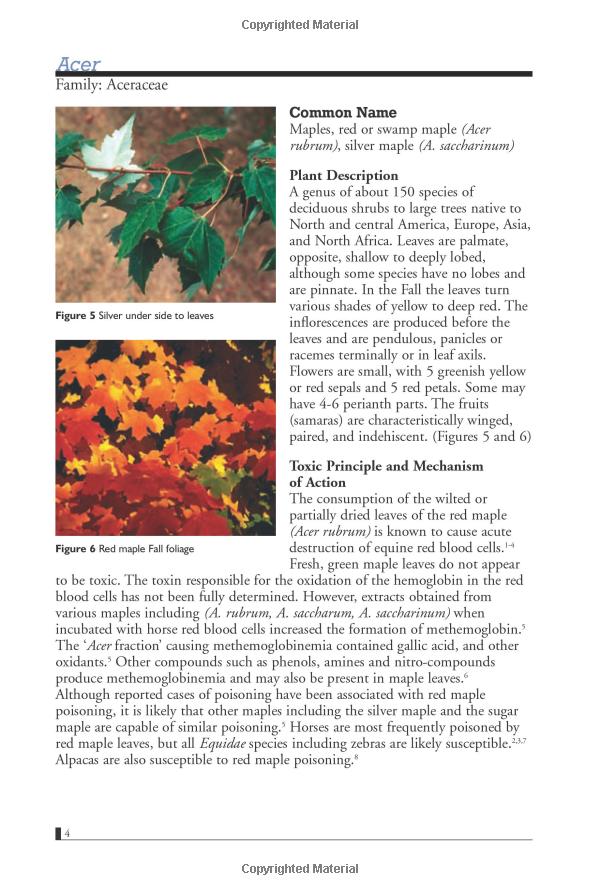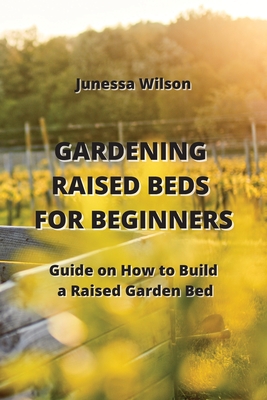How to Attract Pollinators to Your Garden: A Comprehensive Guide to Creating a Buzzing Paradise
---#### IntroductionCreating a vibrant garden that attracts pollinators is not just beneficial for your plants; it also supports the ecosystem. Pollinators……
---
#### Introduction
Creating a vibrant garden that attracts pollinators is not just beneficial for your plants; it also supports the ecosystem. Pollinators like bees, butterflies, and hummingbirds play a crucial role in the reproduction of many flowering plants. In this guide, we will explore effective strategies on **how to attract pollinators to your garden**, ensuring that your outdoor space is not only beautiful but also buzzing with life.
#### Understanding Pollinators
Before diving into the practical steps, it's essential to understand who your pollinator friends are. The most common pollinators include:
- **Bees**: These are the most efficient pollinators, particularly honeybees and native bee species.
- **Butterflies**: They are attracted to brightly colored flowers and play a significant role in pollination.
- **Hummingbirds**: These birds are drawn to tubular flowers that provide nectar.
By understanding the preferences of these pollinators, you can tailor your garden to meet their needs.
#### Choosing the Right Plants

One of the most effective ways on **how to attract pollinators to your garden** is by selecting the right plants. Here are some tips:
- **Native Plants**: Choose native flowering plants, as they are adapted to the local environment and are more likely to attract local pollinators. Examples include coneflowers, black-eyed Susans, and milkweed.
- **Diverse Flowering Times**: Plant flowers that bloom at different times throughout the growing season. This ensures that there is always a food source available for pollinators.
- **Color Variety**: Pollinators are attracted to different colors. Plant a variety of colors, especially purple, blue, yellow, and white, to draw in a wide range of species.
#### Creating a Pollinator-Friendly Habitat
Beyond just planting flowers, consider the overall environment of your garden. Here’s how to create a welcoming habitat:
- **Provide Shelter**: Pollinators need safe places to rest and nest. Leave some areas of your garden wild with native grasses and shrubs. You can also install bee hotels or leave bare patches of soil for ground-nesting bees.

- **Water Sources**: Pollinators require water, so consider adding a shallow dish with pebbles or a small birdbath. Ensure the water is clean and refreshed regularly.
- **Avoid Pesticides**: Chemicals can be harmful to pollinators. Opt for organic gardening practices and use natural pest control methods to keep your garden thriving without harming beneficial insects.
#### Designing Your Garden Layout
The layout of your garden can significantly impact its attractiveness to pollinators:
- **Cluster Plants**: Grouping plants in clusters rather than scattering them allows pollinators to find food more easily. Aim for at least three to five of the same species together.
- **Layering**: Incorporate plants of varying heights. Taller plants can provide shelter for smaller ones and create a more dynamic environment.
- **Pathways and Open Spaces**: Ensure there are clear pathways for pollinators to navigate your garden. Open spaces can also help them find food sources without obstacles.

#### Engaging the Community
Lastly, consider engaging with your community to promote pollinator-friendly practices:
- **Share Knowledge**: Host workshops or community events to educate others about the importance of pollinators and how they can create their own gardens.
- **Create Pollinator Corridors**: Work with neighbors to establish corridors of pollinator-friendly plants that can support these creatures across larger areas.
#### Conclusion
In conclusion, knowing **how to attract pollinators to your garden** involves a combination of selecting the right plants, creating a welcoming habitat, and engaging with your community. By following these guidelines, you can transform your garden into a thriving ecosystem that supports essential pollinators while enhancing the beauty of your outdoor space. Start today, and watch your garden come alive with the buzz of bees, the flutter of butterflies, and the hum of hummingbirds!